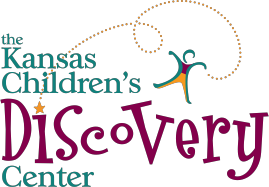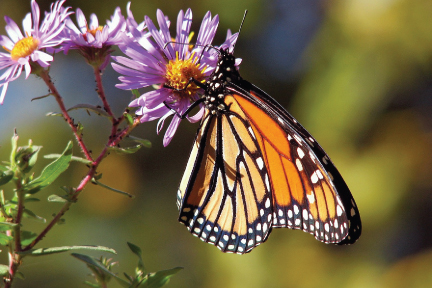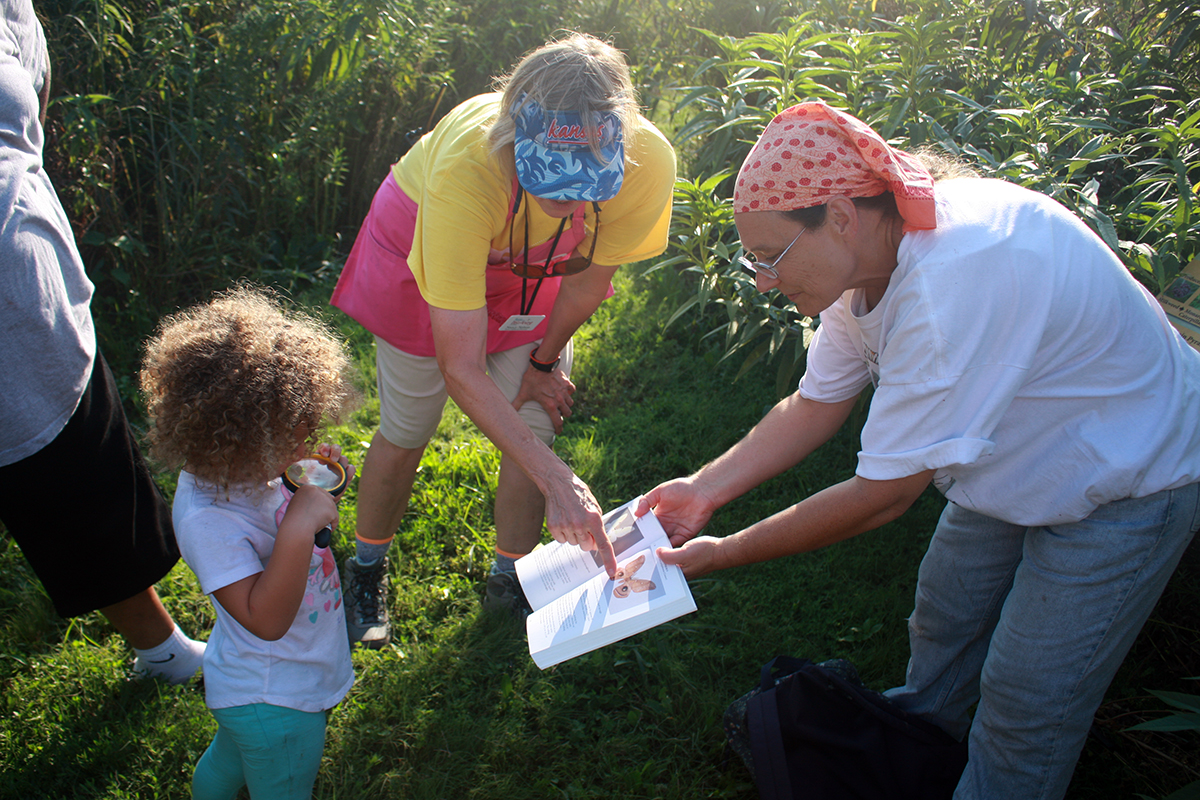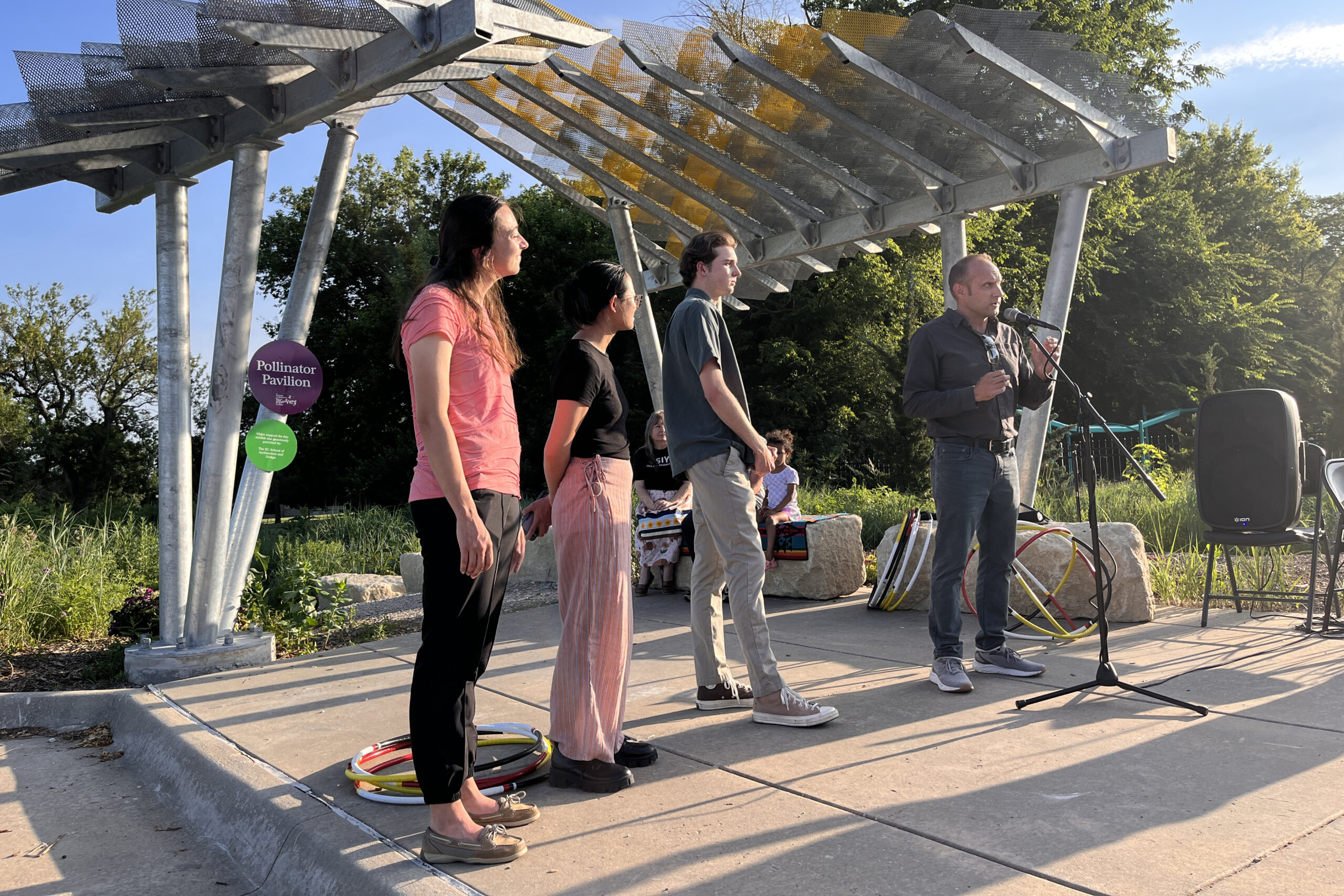About the Tallgrass Prairie
Tallgrass prairie, at one time the world’s largest ecosystem, once sprawled across North America. An ocean of grass stretched from the Rocky Mountains to the Mississippi River, with a complex ecosystem that was equally as vast. Today, the 170 million-acre span that was once tallgrass prairie has dwindled down to an estimated 4% of its original territory, with the largest remaining unplowed area made up of the Flint Hills – a region stretching from Nebraska to Oklahoma, with Kansas in the middle.
To teach children and adults the importance of this endangered, rapidly shrinking land mass, the Kansas Children’s Discovery Center maintains a tallgrass prairie restoration on our grounds. The prairie runs between the Discovery Center’s entrance and S.W. 10th Street and includes trails and interpretive signage. The Discovery Center’s prairie sees a wide variety of wildlife, including pollinators such as monarch butterflies, native bees and hummingbirds, as well as various types of birds, turtles, toads, lizards and small mammals such as rabbits.

Native prairie grass habitats take three years to fully establish. In 2014, our Native Tallgrass Prairie Restoration became three years old and we began regular burns of the prairie. Burning the native grasses is proper maintenance. Burning fertilizes the soil and promotes regeneration and species diversity. The removal of taller plants make way for sunlight to hit the smaller vegetation as it takes root. Some seeds only germinate under the presence of fire and other disturbances. It also removes invasive plants and weeds. Prairies thrive amid drought, fire and grazing due to root systems that are up to fifteen feet long.
We invite you to walk through the prairie, view the natural habitat of many native animals and birds, enjoy the butterflies, and see how many different wildflowers you can see. The prairie is open to visitors to explore, and since it's outside the museum grounds, admission is not required.
What's in the Prairie?
Powell Memorial Butterfly Garden & Monarch Waystation
Food, drink, and nesting sites for critically important local pollinators.
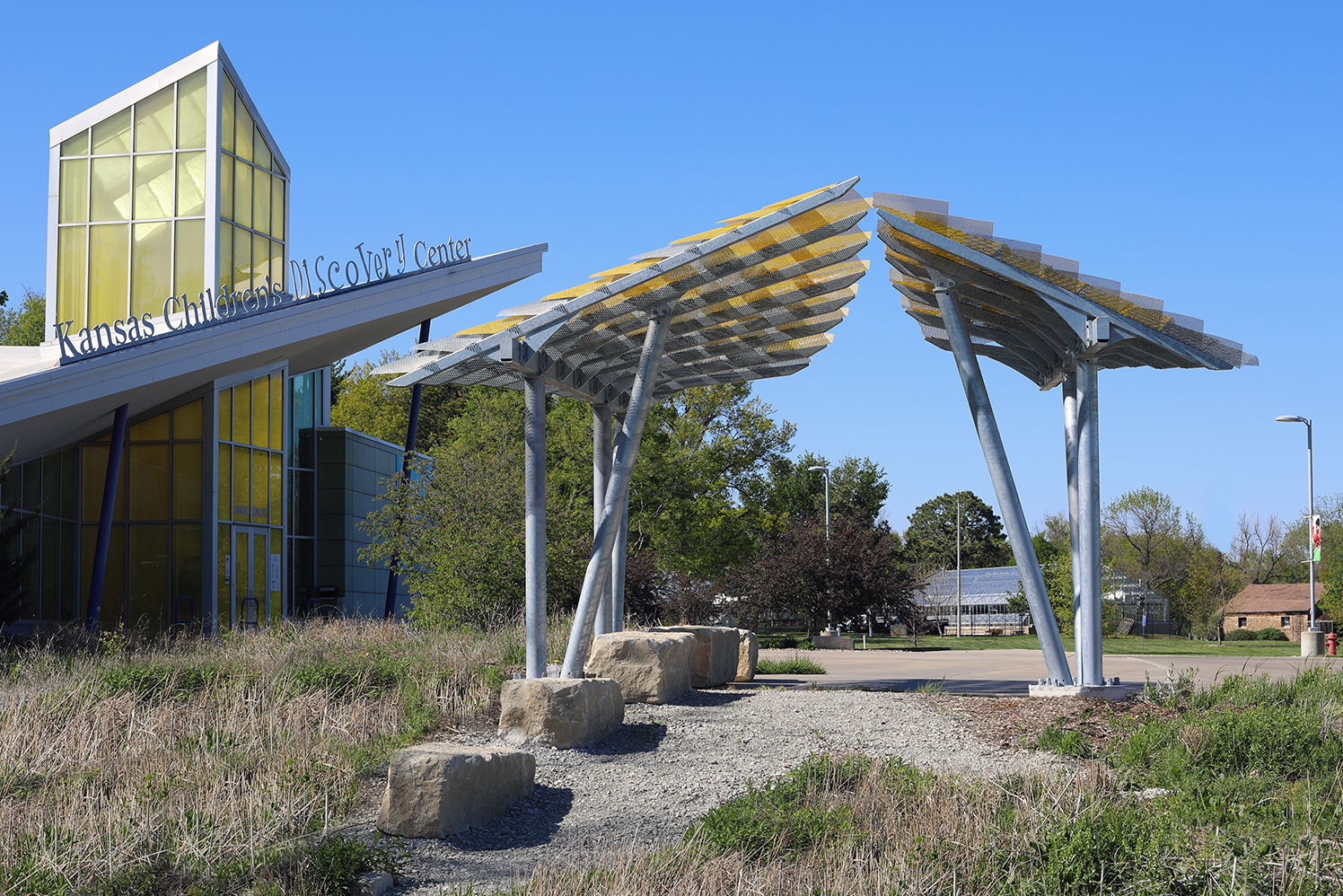
Pollinator Pavilion
A butterfly and bird-inspired art and educational space.
More Information Soon!
Educational Trails
Volunteer-maintained trails and interpretive signage.
Native American Public Art Installation Series
Launch Event
The Discovery Center announced the art series in 2023
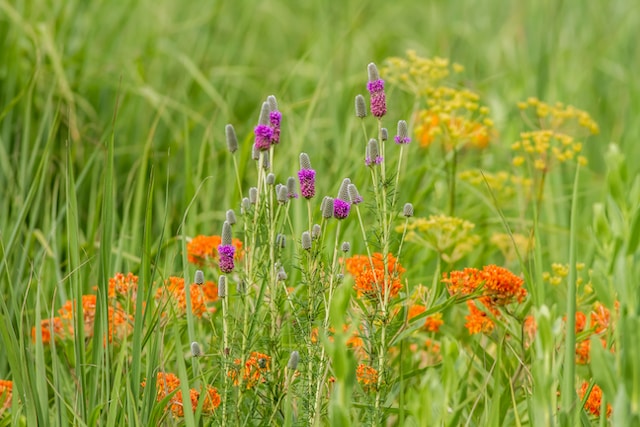
Pollinator Advisory Committee
A group of advisors informs this project including Lisa LaRue-Baker, Yale Taylor, and Dennis Rogers.
Request for Proposals
Seeking Native American artists for commissioned work. Proposals will be evaluated by our Pollinator Advisory Committee alongside museum professionals. Click here for the full request for artist proposals. Deadline: January 26, 2024.
Upcoming Prairie Events
There are no upcoming events to display at this time.
